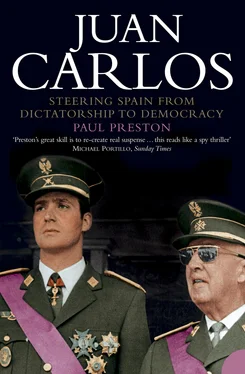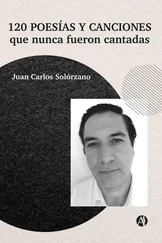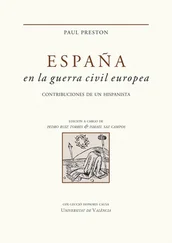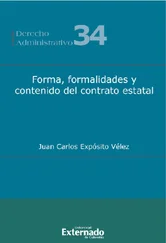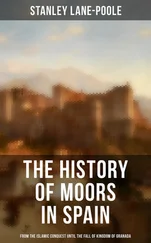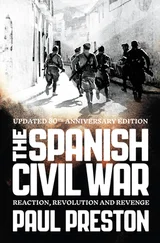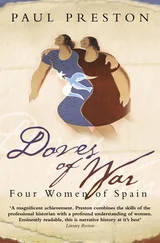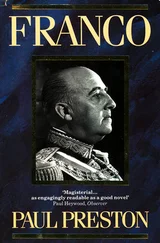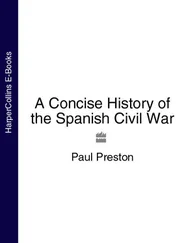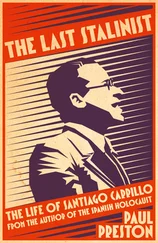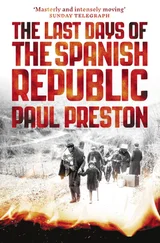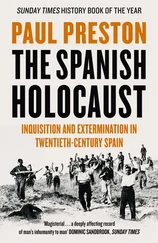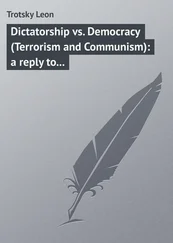Don Juan had just returned from his holiday in Scotland and absorbed this thunderous rebuff when López Rodó arrived in Lisbon. He was in Portugal as part of a Spanish economic delegation. At a lunch given by the Portuguese Prime Minister, Marcelo Caetano, journalists asked the Spanish Ambassador, Nicolás Franco, if it was true that the Caudillo wished Don Juan to abdicate in favour of Juan Carlos. He replied in typical gallego (Galician) fashion, ‘I’ve never heard my brother say anything about that. But I think that if he can have two spare wheels, he wouldn’t want to make do with only one.’ There can be little doubt that the exchange was reported back to Villa Giralda and can only have caused Don Juan considerable concern.
López Rodó took the opportunity of the trip to arrange a clandestine meeting with Don Juan in the centre of Lisbon at the home of a Portuguese friend. Unaware of Franco’s high-handed letter, he endeavoured to reassure Don Juan that things were moving within the regime, albeit slowly. Without admitting, as he had to Dionisio Ridruejo three months earlier, that he saw Juan Carlos as the better bet, López Rodó himself explained to Don Juan his scheme for gradual evolution. Their conversation on 17 September 1957 lasted more than three hours. López Rodó told Don Juan that, although Franco wanted to put an end to the uncertainty surrounding his succession, he was obsessed with the fear that, when he died, his life’s work could simply be jettisoned by his royal successor. Thus, in accordance with the Ley de Sucesión , whoever was chosen would have to accept the basic principles of the Francoist State. Don Juan made it clear that for him to take the first step would be, ‘like being forced to take a purgative. I wouldn’t want to be politically compromised.’ As delicately as possible, López Rodó hinted that such an attitude eliminated him from the game. 72
Later on the same day, perhaps influenced by his conversation with López Rodó, Don Juan wrote a conciliatory letter to Franco. His backtracking was a clear recognition of the fact that Franco held all the cards: ‘I am deeply distressed that the interpretation which Your Excellency has given to the paragraph in my memorandum, in which I spoke of “the monarchy as a natural and logical evolution of the regime itself”, should differ so much from the meaning that I put into my words. Evolution, for me, means perfecting, completing the present regime, but the idea of opening a constituent period, or of any discontinuity between the present regime and the monarchy, has never entered my mind.’ He ended feebly by saying that, whenever Franco wished, he would be delighted to meet him. 73
Revelling in the weakness revealed by this exchange, Franco twisted the knife further by fostering the claims to the throne of various Carlist pretenders. Accordingly, the ever-busy Pedro Sainz Rodríguez came up with a scheme to strengthen Don Juan’s position. This took the form of an orchestrated ceremony at Villa Giralda on 20 December 1957 involving a delegation of 44 of the most prominent members of the rival dynastic group, the Comunión Tradicionalista. After a solemn mass, Don Juan, wearing the red beret of the Carlists, accepted the principles of the medieval absolute monarchy dear to the Traditionalists. They, for their part, declared that they regarded him as the legitimate heir to the throne. The consequence was that a majority of the Carlists lined up behind Don Juan, although a significant minority of hardliners would continue to push the claims of Don Javier de Borbón Parma and his son Hugo. 74
The prize was insufficient to justify the fact that, as the paladin of a liberal monarchy, Don Juan was making two grave errors. Not only was he committing himself to principles inimical to the interplay of political parties, but he was also confirming to Franco the debility of his position. Far from being above partisan interests, he was showing that he had to wheel and deal in order to gain support. When he wrote to inform Franco officially, the Caudillo replied with a patronizing letter of considerable cunning, picking up precisely on this point. He expressed his satisfaction that Don Juan had finally linked up with the only real monarchists (by which he meant those who rejected the liberal constitutional monarchy of his father, Alfonso XIII). He then went on to point out the contradiction of this new position with Don Juan’s previously liberal stance. ‘I refer to the repeated manifestation of your desire to be King of all Spaniards. There can be no argument that the Pretender to the throne of Spain might one day wish to feel that he could be King of all Spaniards. This is normal in monarchical situations in all countries. Everyone who accepts and respects an established order must respect its supreme authorities just as they must treat all citizens with the love given to subjects. But when there are citizens who, from abroad or inside the country, betray or combat their Fatherland, or declare themselves to be agents in the service of foreign powers, such words could well be erroneously interpreted.’ The letter concluded with the condescending advice that Don Juan not make public declarations without first seeking his approval. 75
Many of Don Juan’s advisers, like Ruiseñada, believed that a rapprochement with Franco was the only route to the throne. Ruiseñada himself died in mysterious circumstances in France on 23 April 1958. His death in a sleeper compartment of a stationary train in the railway station of Tours, coming a year after the demise of his fellow conspirator Bautista Sánchez gave rise to suspicions of foul play. However, the death was almost certainly the result of natural causes. 76 Other monarchists thought that the growing unpopularity of the regime should incline the Pretender to keep his distance. In fact, their hopes were entirely misplaced. Every time that Franco spoke to his cousin Pacón about Don Juan, it was to lament his liberal connections. He muttered that if Don Juan were to accept the postulates of the Movimiento without reservations, there would be no legal impediment. However, it was clear that Franco had no confidence in Don Juan ever doing so. In early June 1958, he said to Pacón: ‘I’m already 65 and it’s only natural that I should prepare my own succession, since something might happen to me. For this, the only possible princes are Don Juan and Don Juan Carlos who are, in that order, the legal heirs. It’s such a pity about Don Juan’s English education, which is of course so liberal.’ He would reveal his lack of trust in Don Juan even more clearly in mid-March 1959 when telling Pacón that Don Juan, ‘is entirely in the hands of the enemies of the regime who want to wipe out the Crusade and the sweeping victory that we won’. 77
In May 1958, while the 20-year-old Juan Carlos was still completing his course as a naval cadet, he sailed as a midshipman in the Spanish Navy’s sailing ship, the Juan Sebastián Elcano . It was to cross the Atlantic, putting in at several US ports. At the same time, Don Juan was engaged in a dangerous adventure. In an effort to put behind him the tragedy of Alfonsito, he had decided to sail the Atlantic in his yacht, the Saltillo , following the route of Christopher Columbus. When he reached Funchal in Madeira, he was awaited by Fernando María Castiella, the Spanish Minister of Foreign Affairs. Castiella had been sent by Franco to persuade Don Juan to abandon the voyage. 78 It is likely that this was motivated less by concerns for Don Juan’s safety than by fears that a successful journey might increase his prestige.
At the time, the Spanish Ambassador to the United States was José María de Areilza, the one-time Falangist who had only very recently become a partisan of Don Juan. As recently as 1955, Areilza had written to Franco protesting at the presence in Spain of Juan Carlos as a ‘Trojan horse’ whose presence delighted ‘all the reds and separatists’. 79 Now, newly converted to liberalism, he informed the authorities in Washington of the fact that the Prince was aboard the training ship and alerted the American press. The Embassy was showered with invitations for the Prince in Washington, New York and elsewhere. Serious damage to the storm-battered Saltillo gave Areilza the excuse needed to arrange to have Don Juan picked up by the US coastguard and brought to the Embassy. Once Don Juan was installed there, Areilza was able to incorporate him into the various events arranged for Juan Carlos. The Ambassador requested permission from Franco to receive Don Juan and his son at the Spanish Embassy. However, to the delight of the Americans and the embarrassment of Madrid, Areilza went beyond his instructions and the presence of the two members of the Spanish royal family was converted almost into a State visit. There were much-publicized visits to the Library of Congress, the Pentagon and Arlington Cemetery, to West Point and, in New York, to Cardinal Spellman’s residence, to the Metropolitan Opera, and to the offices of the New York Times . 80
Читать дальше
